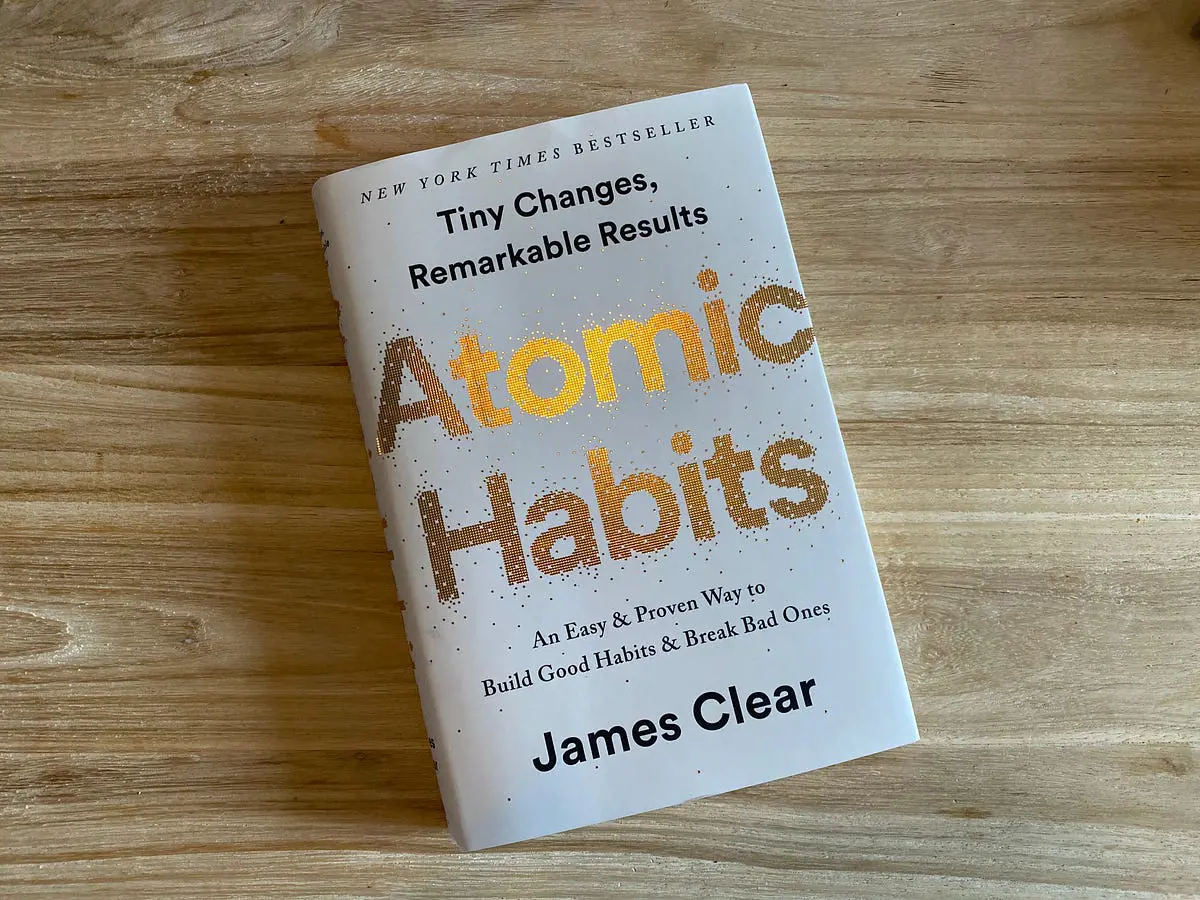
Atomic Habits: How Tiny Boundaries Create Big Growth
Published by Respondr 3 min read🧭 Why This Book Fits This Week
We often think of habits as routines, like exercising more, eating better, or studying regularly. But James Clear’s Atomic Habits shows us something more powerful: habits are also boundaries.
For first responders, this means you can design small, repeatable actions that protect your time, your energy, and your growth, without relying on sheer willpower.
Boundaries don’t have to be big walls. They can be tiny daily habits that add up to long-term balance.
🔑 Key Takeaways for First Responders
1. Habit = Boundary in Action
Clear says: “Every action you take is a vote for the type of person you want to become.”
When you create a habit, you’re drawing a line: this is what I do, and this is what I don’t.
-
Example: Journaling for 5 minutes after shift sets a boundary between work stress and home life.
-
Example: Logging CPD hours weekly protects your growth from being squeezed out by overtime.
2. Boundaries Work Best When They’re Obvious
One of Clear’s rules: Make it obvious. If you want to hold a boundary, set up cues.
-
Put your work phone in another room after hours → boundary for rest.
-
Schedule CPD blocks on your calendar → boundary for growth.
Habits are easier to keep when the environment reminds you of them.
3. The 2-Minute Rule Helps You Start Small
Clear teaches: Make new habits so small they take less than 2 minutes to start. This also applies to boundaries.
-
Instead of declaring “I’ll never take last-minute overtime,” start with: “I’ll wait 10 minutes before I respond to roster texts.”
That pause itself is a protective habit.
4. Track the Wins to Build Trust
When you see progress, you reinforce belief in your boundary. Clear recommends habit trackers—simple checklists or logs.
-
Track every week you kept your study time.
-
Track every night you didn’t bring work home.
The more you see the evidence, the easier it is to keep saying “yes” to what matters and “no” to what drains you.
🚑 Practical Actions for First Responders
-
Choose one career boundary you want to protect (rest, study, mentoring, or family time).
-
Design a micro-habit that reinforces it (e.g., “I’ll journal for 5 minutes before checking my roster app”).
-
Use the 2-minute rule to keep it simple.
-
Track it weekly to see proof that you’re honouring your boundary.
💡 Final Thought
Atomic Habits teaches that change isn’t about giant overhauls ... it’s about small, consistent actions. For first responders, the same principle applies to boundaries.
Tiny habits become quiet boundaries. Quiet boundaries become sustainable growth.
And over time, those small “nos” create space for the big, intentional “yeses” that shape your career.